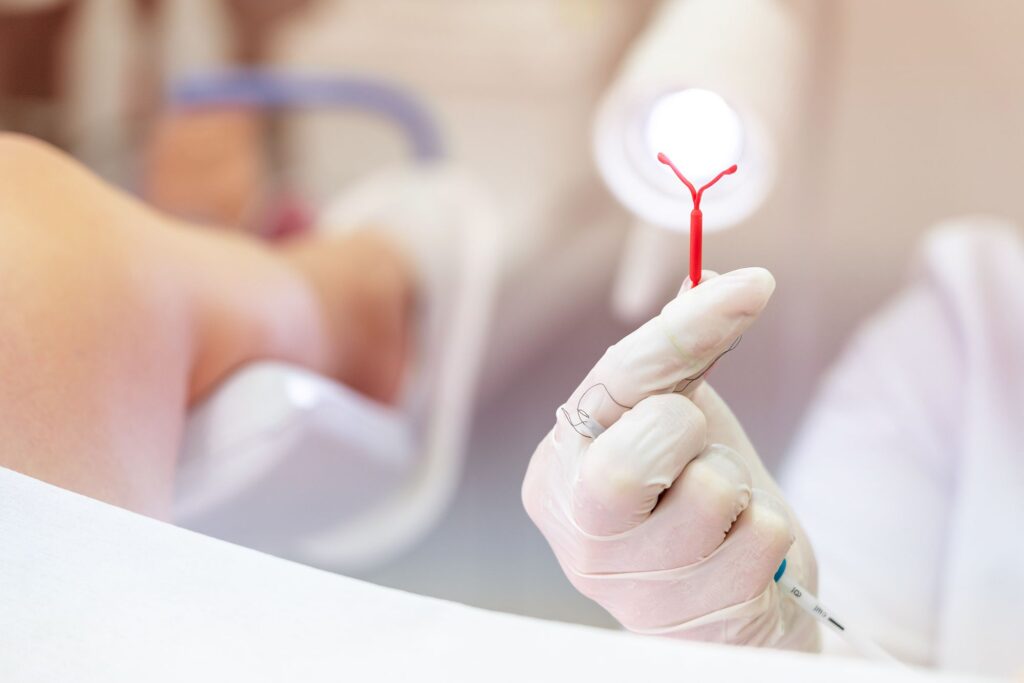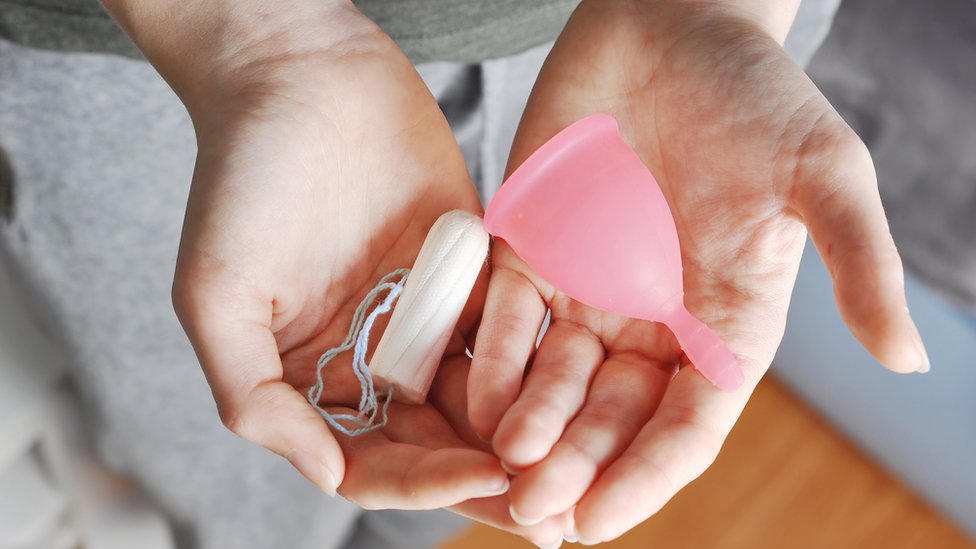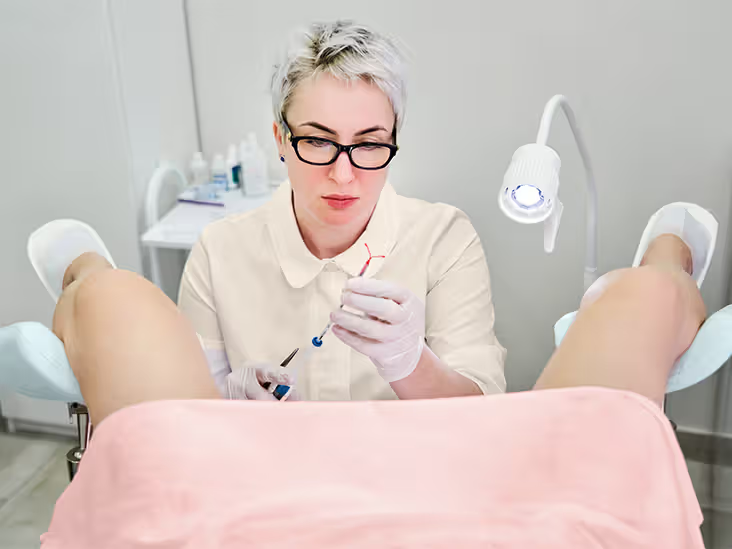Getting an IUD (intrauterine device) is a big step in taking control of your reproductive health—but it also comes with a few changes and questions, especially when it comes to your period. One of the most common concerns is whether it’s safe to use tampons or menstrual cups after insertion—and if so, when?
Both tampons and menstrual cups are popular period products, offering comfort and convenience. However, after an IUD is placed, the uterus and cervix need time to adjust, and using internal products too soon could potentially interfere with the IUD’s placement or increase the risk of complications. While tampons are often considered safer to reintroduce earlier, menstrual cups may require a bit more caution due to suction and removal technique.
Recommended: Is It True You’re Not Supposed to Use Menstrual Cups with IUDs?
In this post, we’ll break down when it’s safe to start using tampons and cups after getting an IUD, what to watch out for, and how to care for your body during this adjustment period.
What Happens After IUD Insertion?
After getting an IUD inserted, your body needs time to adjust. The experience varies from person to person, but there are some common symptoms and side effects to expect during the first few days or weeks.

1. Cramping and Discomfort
Mild to moderate cramping is common immediately after insertion and may feel similar to menstrual cramps. This can last a few hours to a few days as your uterus gets used to the foreign object.
2. Spotting or Irregular Bleeding
Many people experience light spotting or irregular bleeding for several weeks. This is completely normal and more common with copper IUDs or when using a hormonal IUD for the first time.
Recommended: Can Menstrual Cups Be Safely Used with Hormone-Based IUDs vs. Copper IUDs?
3. String Awareness
Your healthcare provider will leave thin strings attached to the IUD, which extend slightly through the cervix into the upper vagina. You may be able to feel them with your fingers, but they shouldn’t cause discomfort. These strings help you and your doctor check that the IUD is still in place.
4. Uterus Settling Period
It can take up to 4–6 weeks for the IUD to fully settle into place. During this time, there’s a small risk of expulsion (the IUD slipping out), especially within the first few weeks. This is why follow-up appointments are often scheduled to ensure proper placement.
5. Sensitivity to Internal Products
The cervix may remain tender, and using internal menstrual products like tampons or cups too soon could irritate the area or, in rare cases, dislodge the IUD if not used carefully.
Tampons After IUD Insertion: When Is It Safe?
Tampons are generally safe to use after IUD insertion, but it’s important to give your body time to adjust. Most doctors recommend waiting at least 24 to 48 hours, though some advise waiting until your next period or until a follow-up appointment confirms that the IUD is securely in place. This healing period allows your cervix to recover from the insertion and reduces the risk of introducing bacteria, causing discomfort, or accidentally dislodging the IUD.
Recommended: Should I Inform My Doctor if My IUD Was Dislodged Even if I’m Not Sexually Active?
Once you’re cleared to resume using tampons, it’s essential to be gentle and mindful of how your body feels. Choose a comfortable size, insert and remove the tampon slowly, and try to avoid pulling too close to where the IUD strings may rest near the cervix. If you notice any unusual pain, increased cramping, or can’t feel the IUD strings, stop using tampons and contact your healthcare provider. Listening to your body and following medical advice will help you use tampons safely and confidently after your IUD insertion.
Menstrual Cups and IUDs: A More Cautious Approach
While tampons are typically safe to use soon after IUD insertion, menstrual cups require a bit more caution. This is mainly because of how they work. Menstrual cups sit lower in the vaginal canal and create a suction seal to collect menstrual blood. If not inserted or removed properly, that suction could potentially tug on the IUD strings or even dislodge the device itself. Although rare, cases of IUD expulsion have been reported in people using menstrual cups, especially within the first few months after insertion.
For this reason, most healthcare providers recommend waiting at least six weeks—or until your follow-up visit—before using a menstrual cup. By that time, the IUD is more likely to have settled securely in place. If you choose to use a cup after this period, make sure to break the suction seal completely before removal, and be mindful not to pull on the IUD strings. Some people even opt for shorter or softer cups that sit lower and reduce the risk of interference. It’s also a good idea to occasionally check the strings to ensure your IUD hasn’t shifted. With the right precautions and proper technique, menstrual cups can be used safely alongside an IUD.
Recommended: Is the Copper IUD Better for Heavy Periods?
Comparing the Risks: Tampons vs Menstrual Cups
Both tampons and menstrual cups are popular, discreet options for period management—but when you have an IUD, it’s important to understand how each product interacts with your device. Tampons are typically considered safer because they don’t create suction and are inserted less deeply in the vaginal canal, staying well below the cervix where the IUD strings are located. As long as you insert them gently and avoid tugging too forcefully during removal, tampons are unlikely to interfere with the position or function of the IUD. Most healthcare professionals allow tampon use shortly after insertion—sometimes as early as 24 to 48 hours—especially if there are no signs of cramping, heavy bleeding, or infection.

Menstrual cups, however, require more caution due to their design. They sit higher in the vaginal canal and form a suction seal to prevent leaks, which makes them more likely to interact with the IUD strings. If the suction isn’t properly broken before removing the cup, it could create downward pressure that accidentally pulls on the strings or, in rare cases, contributes to partial or full expulsion of the IUD. This risk is particularly relevant in the first few months after insertion, when the IUD hasn’t fully settled.
Studies and anecdotal reports have shown slightly higher expulsion rates among menstrual cup users compared to tampon users, especially when cups are used too soon or removed incorrectly. Still, many people successfully and safely use menstrual cups with an IUD by waiting the recommended 6-week adjustment period, choosing a lower-profile or IUD-compatible cup, and being extra careful during removal.
Recommended: Can I Get Pregnant on Birth Control If I Miss One Pill?
In the end, both tampons and cups can be safe if used properly—but the menstrual cup does carry a slightly higher risk and requires a more informed, cautious approach. Your personal comfort level, product familiarity, and open communication with your healthcare provider should guide your choice.
Tips for Safe Menstrual Product Use With an IUD
Using menstrual products like tampons or cups with an IUD is totally possible—but you need to be mindful of timing, technique, and your body’s signals. Here are some important tips to stay safe and comfortable:
1. Wait Before Use
- After IUD insertion, wait at least 24–48 hours before using tampons, and up to 6 weeks before trying a menstrual cup.
- Follow your doctor’s personal advice based on your body and how the insertion went.
2. Learn to Check Your IUD Strings
- Gently feel for the IUD strings near the cervix between periods or before/after using internal products.
- If you can’t feel the strings, or they feel longer or shorter than usual, contact your doctor.
3. Be Gentle with Insertion and Removal
- Whether you’re using a tampon or cup, insert slowly and comfortably.
- Remove with care, especially with cups—always break the suction first by pinching the base or sliding a finger alongside.
Recommended: How to Switch from the Pill to an IUD
4. Avoid High-Suction or Large Cups Early On
- If using a menstrual cup, choose one that’s IUD-compatible—soft, flexible, and not too long.
- Some brands design cups specifically for people with IUDs.
5. Don’t Trim the Strings Yourself

- If your IUD strings feel too long or uncomfortable, let a medical professional adjust them—never cut them yourself, as it could make monitoring more difficult or lead to injury.
6. Watch for Warning Signs
- Call your doctor if you experience:
- Sudden or severe cramps
- Unusual bleeding
- Pain during tampon or cup use
- A missing string
- Signs of infection (fever, odor, heavy discharge)
7. Stick With What You Know (At First)
- If you’re new to cups or tampons, consider starting with pads until you’re confident your IUD is settled and you’re comfortable using internal products.
Conclusion
Using menstrual products like tampons and cups with an IUD is absolutely possible—but timing, technique, and awareness make all the difference. While tampons are generally safe to use within a few days after insertion, menstrual cups require a bit more patience and care, often best introduced after six weeks or a follow-up appointment. Understanding how each product interacts with your body and IUD helps prevent complications like discomfort, infection, or expulsion.
Ultimately, the safest approach is to listen to your body and follow the guidance of your healthcare provider. Whether you prefer tampons, cups, or pads, the key is choosing what works best for your comfort, lifestyle, and peace of mind. With the right information and gentle care, you can manage your period safely and confidently—even with an IUD in place.
